Global Expansion Strategies for FinTechs in Emerging Markets: A Playbook for Leaders
2nd August 2025
 The Rise of Contactless Payments: Benefits and Security Concerns
The Rise of Contactless Payments: Benefits and Security Concerns
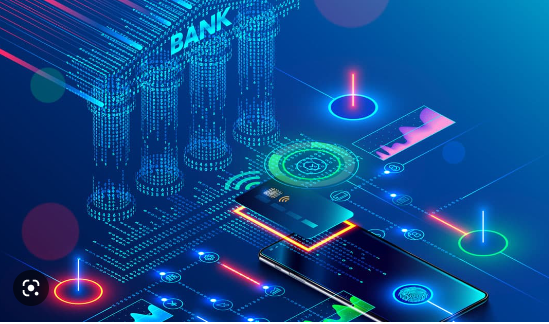 What the Future Holds for Digital-Only Banks: Navigating the Next Era of Banking
What the Future Holds for Digital-Only Banks: Navigating the Next Era of Banking
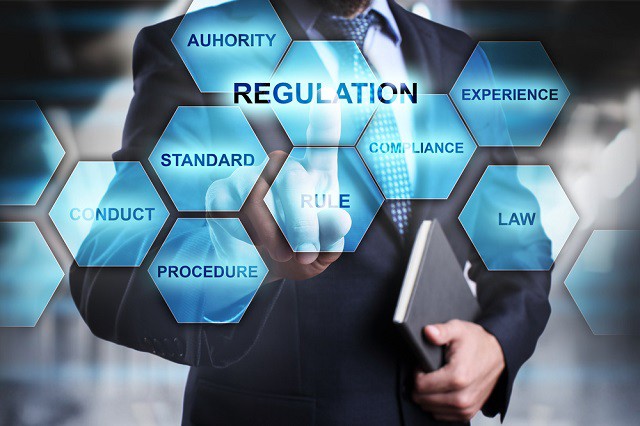 The Evolution of Fintech Regulation: What’s Next?
The Evolution of Fintech Regulation: What’s Next?
.jpg) The Future of Payments: Trends Reshaping Transactions in 2025
The Future of Payments: Trends Reshaping Transactions in 2025
 Biometric Payments: The Next Big Trend in Secure Transactions
Biometric Payments: The Next Big Trend in Secure Transactions
 Top Fintech Innovations Shaping 2025: The Future of Finance
Top Fintech Innovations Shaping 2025: The Future of Finance
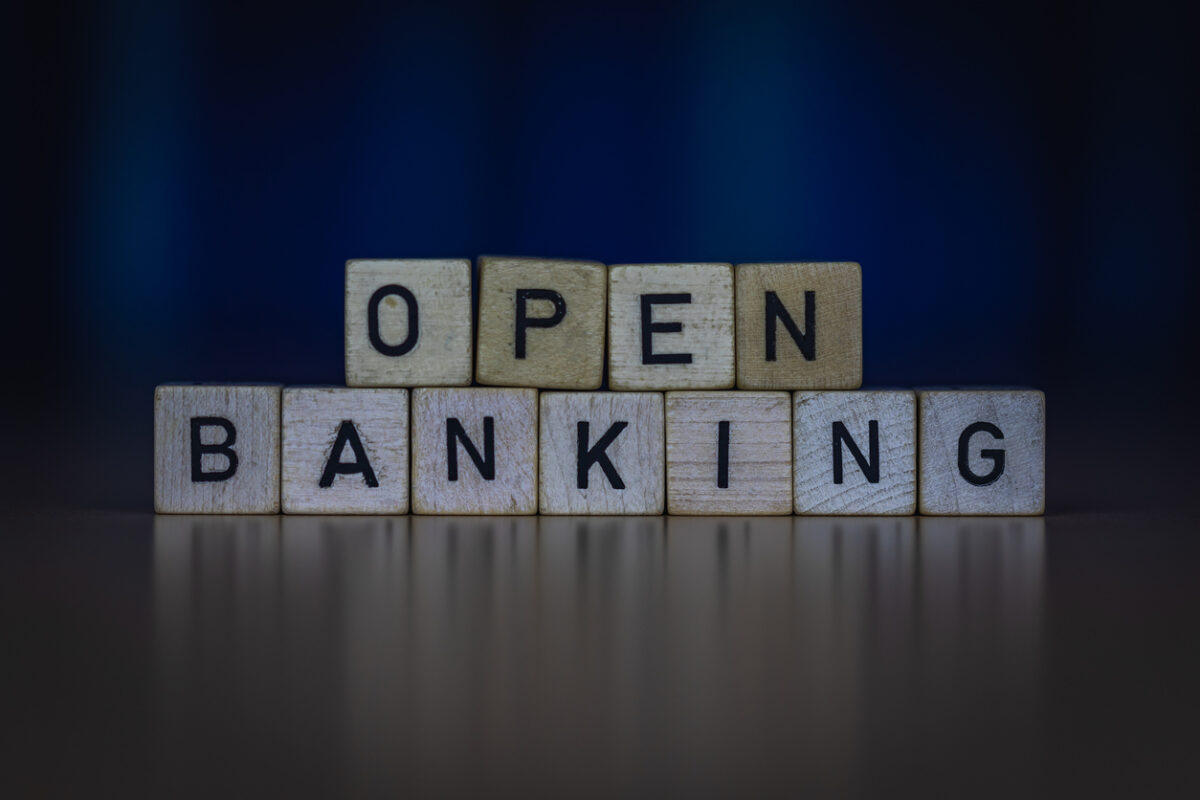 How Open Banking is Shaping Financial Services Globally
How Open Banking is Shaping Financial Services Globally
 QR Codes and the Cashless Leap: Transforming India's Financial DNA
QR Codes and the Cashless Leap: Transforming India's Financial DNA
 The Impact of 5G on Fintech Services
The Impact of 5G on Fintech Services
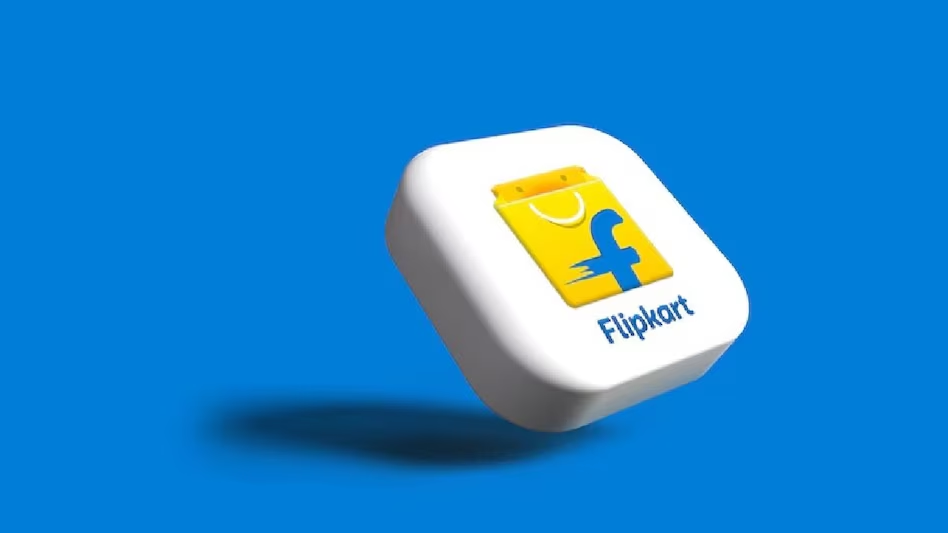 Flipkart Gets a Lending Licence: A Bold Leap into Embedded Finance
Flipkart Gets a Lending Licence: A Bold Leap into Embedded Finance
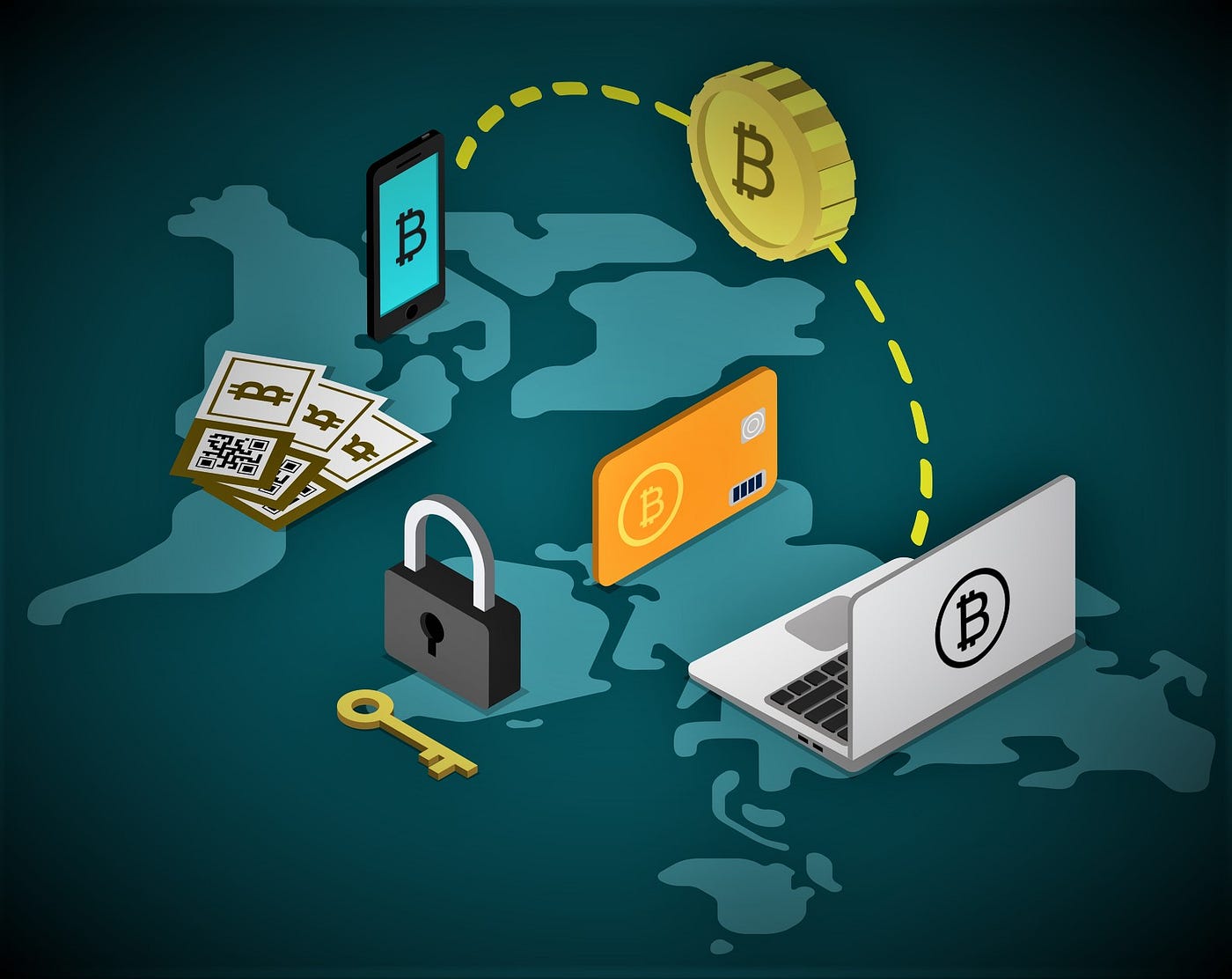 The Role of Cryptocurrencies in Cross-Border Payments
The Role of Cryptocurrencies in Cross-Border Payments
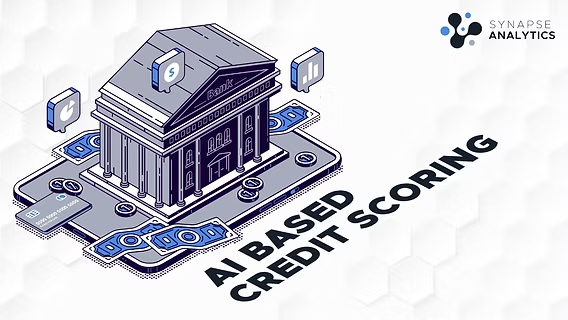 How AI is Transforming the Credit Scoring System
How AI is Transforming the Credit Scoring System


22 March 2025
6 min read
293
The financial technology (fintech) sector has seen extraordinary growth over the past decade, transforming the way we think about and interact with money. As we move into 2025, fintech innovations continue to shape the financial landscape, creating more accessible, efficient, and secure financial systems. Here are some of the most exciting fintech innovations expected to dominate the scene in 2025.
1. Artificial Intelligence and Machine Learning in Finance
Artificial Intelligence (AI) and Machine Learning (ML) are already making waves across various industries, and fintech is no exception. In 2025, AI is expected to take a leading role in enhancing customer experiences, automating processes, and improving decision-making in finance.
2. Blockchain and Decentralized Finance (DeFi)
Blockchain technology has been a game changer for the fintech industry, and in 2025, we’ll see it continue to disrupt traditional finance. Blockchain offers a secure, transparent, and decentralized way to conduct financial transactions, eliminating the need for intermediaries like banks.
3. Embedded Finance: Financial Services Anywhere
Embedded finance refers to the integration of financial services within non-financial platforms. This trend is set to grow exponentially in 2025, making financial services more seamless and accessible.
4. Digital Currencies and Central Bank Digital Currencies (CBDCs)
As digital currencies continue to gain traction, the emergence of Central Bank Digital Currencies (CBDCs) will be one of the defining fintech trends in 2025. Countries around the world are exploring the idea of state-backed digital currencies, which could change the global monetary system.
5. RegTech: Enhancing Compliance and Security
With the growing complexity of financial regulations, Regulatory Technology (RegTech) will continue to gain importance in 2025. RegTech solutions are designed to help financial institutions comply with evolving regulations, while improving security and reducing the risk of penalties.
6. Fintech for Sustainability and ESG Investments
As climate change and social responsibility become more urgent issues, fintech is stepping up to offer solutions that align with sustainability and ESG (Environmental, Social, and Governance) investing. By 2025, there will be significant growth in fintech platforms focused on sustainable finance.
7. Biometric and AI-Powered Payments
Biometric payments, such as using fingerprints or facial recognition for transactions, will become more widespread by 2025. These payment methods offer greater security and convenience, reducing the need for traditional passwords or PINs.
Conclusion
As we move into 2025, fintech continues to evolve at a rapid pace, offering new tools, platforms, and solutions that promise to revolutionize the way we manage and think about money. From AI and blockchain to embedded finance and sustainable investments, the future of finance is incredibly exciting. For fintech enthusiasts, professionals, and investors, staying informed about these innovations is key to remaining ahead of the curve and preparing for the next wave of transformation in the financial world.
Which innovation are you most excited about in 2025? Join the conversation in our community and share your thoughts on what the future holds for fintech!
Read Next
.jpg) Analysis
Analysis
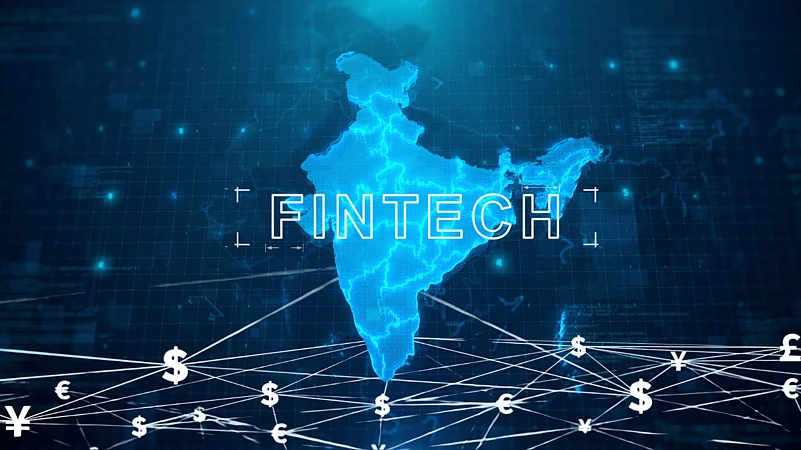 News
News
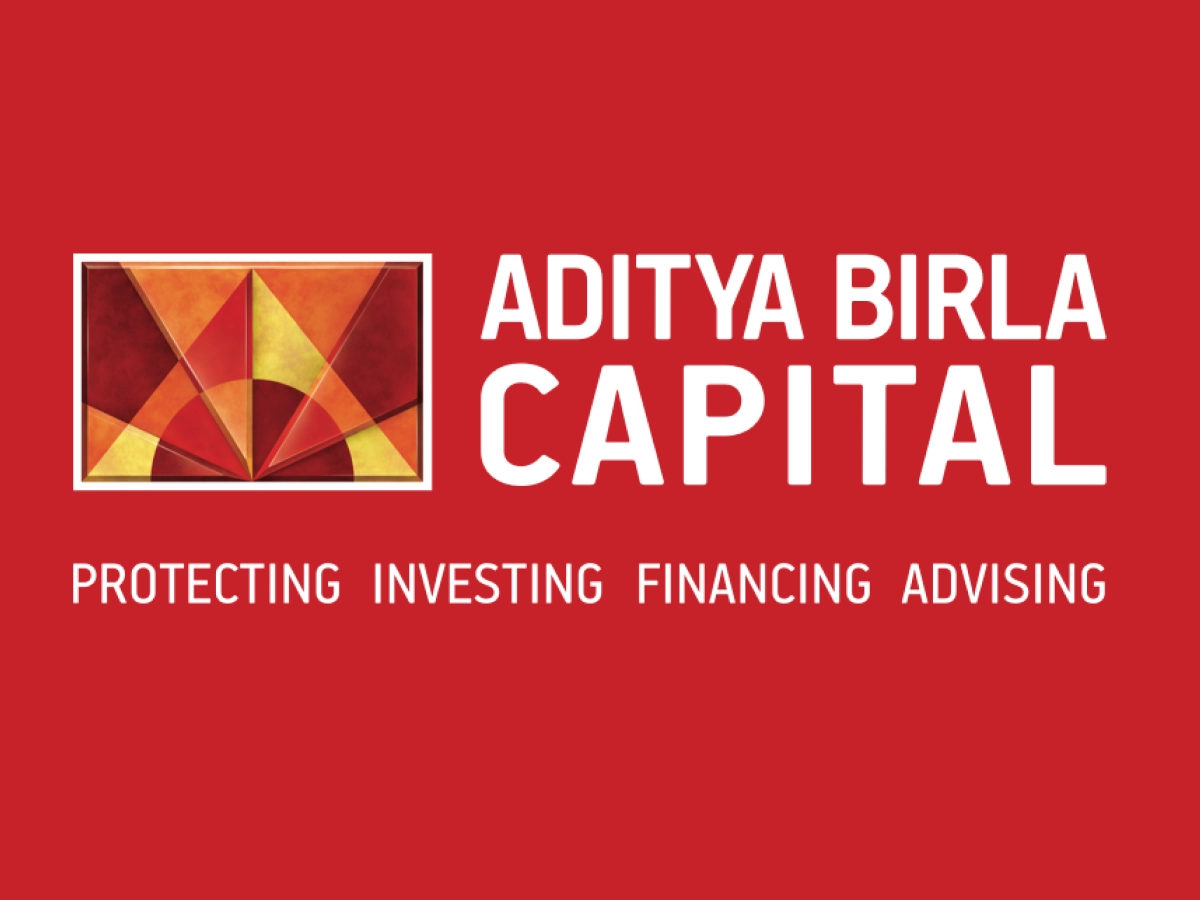 News
News
 News
News
 News
News
 News
News
Live Polls
Live Discussion
Topic Suggestion
Whom Do You Wish To Hear
Sector Updates
Leave your opinion / comment here